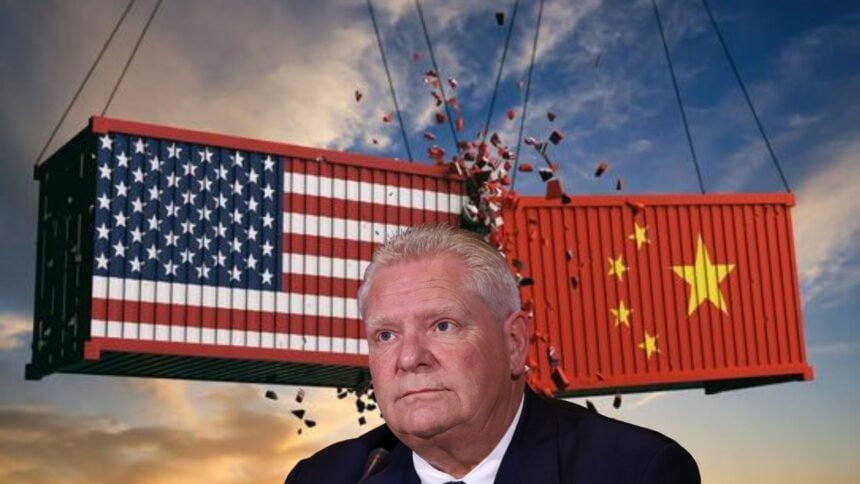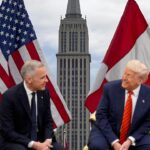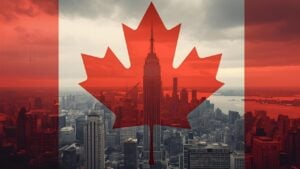Ontario Premier Doug Ford says Canada will not be absorbed into the United States, pushing back on annexation chatter while warning that trade frictions remain a live risk for exporters and consumers on both sides of the border.
Speaking to reporters at Queen’s Park earlier this year, Ford called the “51st state” notion a nonstarter and added that “Canada is not for sale.”
Roughly 3 quarters of Canada exports head to the U.S., a concentration that leaves everything from autos to agriculture exposed when Washington reaches for new import measures.
Statistics Canada says 75.9% of domestic exports went to the U.S. in 2024, underscoring how sensitive earnings and hiring are to tariff policy and border slowdowns.
The first formal review of the United States-Mexico-Canada Agreement is scheduled for 2026, when the three countries will assess the pact and decide whether to extend it for another 16 years.
This process can either reinforce predictability for capital spending or reopen fights over rules of origin and dispute settlement that ripple through share prices and the Canadian dollar.
Canada recently opens consultations to shape position on USMCA, a signal to industry that priorities for the review are being set now.
In Washington, the Office of the U.S. Trade Representative has launched its own process, drawing submissions that will inform negotiating stances ahead of the July 1 mark.
The White House has moved on targeted categories including Trump hits home goods with new tariffs 10% on lumber and 25% on furniture and cabinets.
Previous rounds that leaned on national security authorities have also captured cross-border flows, a reminder that measures outside the USMCA framework can bite even when top line trade remains large.
Our earlier coverage of steel and aluminum tariffs explains how those actions reverberated through mills, smelters, and manufacturers.
Ford has tried to recast the debate around continental competitiveness, pointing to energy and critical minerals that would lower U.S. reliance on riskier suppliers.
The pitch aligns with federal priorities that put LNG, nuclear, and mining at the center of new project lists intended to accelerate permitting and grid connections.
See our analysis of what Carney’s project picks reveal about his big economic strategy for how that pipeline of work could tighten U.S.-Canada supply chains.
Our recent outlook on the Canadian dollar’s split path notes that policy divergence and trade noise can tug the loonie in opposite directions as the Bank of Canada eases and the Federal Reserve maps cuts at a different pace.
Canada will not be the 51st state, and the country intends to negotiate from a position that protects its factories, mines, and paychecks.




















